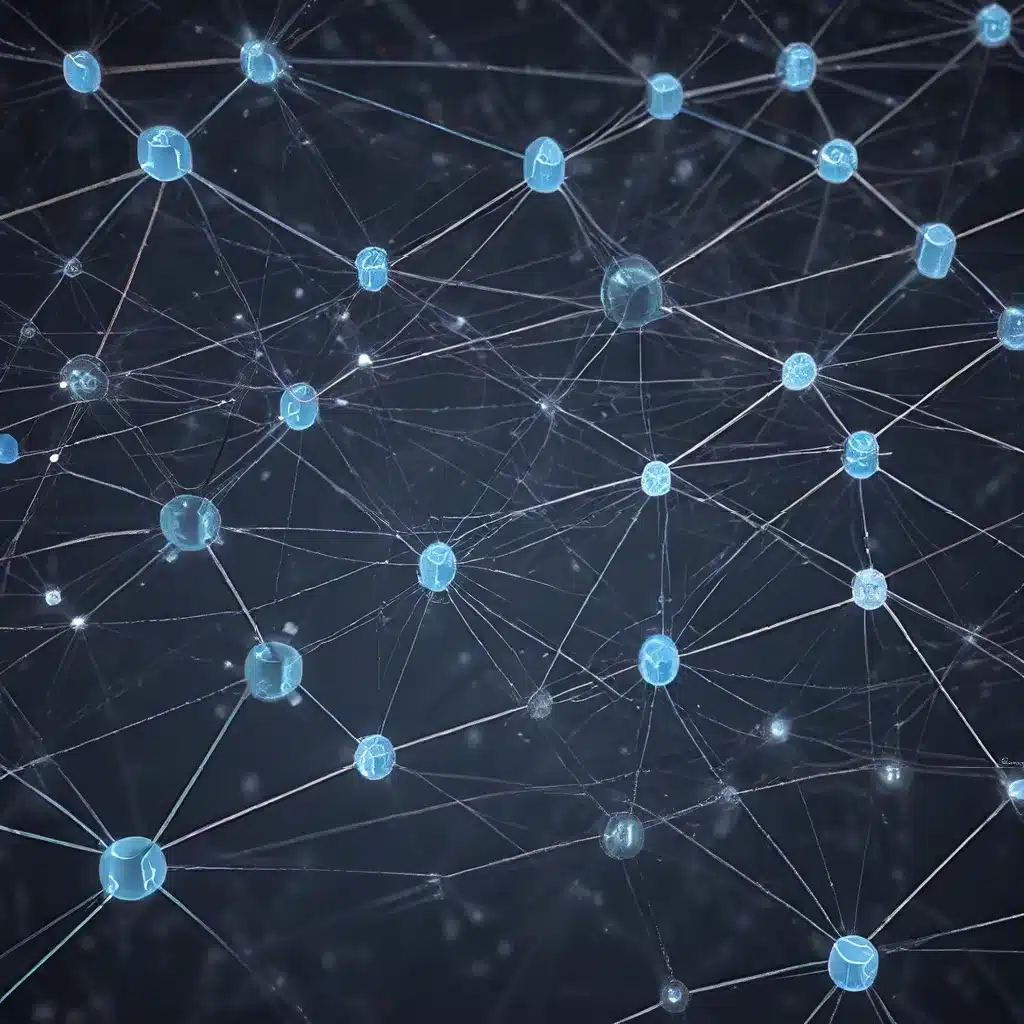
As the future of collaborative mobile autonomy unfolds, distributed teams of robots will be coordinating via vehicle-to-vehicle (v2v) communication to execute information-heavy tasks such as mapping, surveillance, and target tracking. To enable rapid distributed coordination, we need to curtail the explosion of information-sharing across the network and limit how much the robots coordinate. However, limiting coordination can lead to suboptimal joint plans, causing non-coordinating robots to execute overlapping trajectories instead of complementary ones.
In this article, we present a rigorous coordination approach that enables robots to self-configure their communication neighborhood – the set of robots to coordinate with – to balance the trade-off between decision speed and near-optimality. We make theoretical and algorithmic contributions to characterize and address this challenge.
Theoretical Contributions
On the theoretical side, we provide an analysis of how the network topology at the local level (each robot’s coordination neighborhood) affects the near-optimality of coordination at the global level. This characterization quantifies the intuition that the more centralized the coordination with larger neighborhoods, the slower the decision speed but the smaller the action overlap.
Importantly, we identify the existence of an inflection point that corresponds to the degree of centralization that optimizes the trade-off. Beyond this inflection point, the cost of sacrificing real-time performance will be higher than the gain in the actions’ optimality.
Algorithmic Contributions
On the algorithmic side, we present a communication- and computation-efficient distributed coordination algorithm that can be both real-time and near-optimal. The algorithm, called Resource-Aware Greedy (RAG), is up to two orders faster than competitive state-of-the-art near-optimal algorithms.
RAG enables each robot to independently select actions using only information from and about its neighbors, thereby curbing the explosion of information passing and processing in the network. This keeps communication and computation delays low, enabling rapid decision-making.
We provide approximation guarantees for RAG that capture the intuition that when a robot chooses not to coordinate with some other robots but ends up choosing an action that overlaps with these non-neighbors, the achievable global optimality degrades. Specifically, we prove that the suboptimality degradation is proportional to the overlap.
Simulation-Based Evaluation
To demonstrate the efficiency and effectiveness of our coordination algorithm, we integrate it into a simulated state-of-the-art pipeline for active information-gathering with multiple robots. We provide a high-fidelity simulator that extends AirSim to the multi-robot setting, simulating v2v communication delays.
In simulated scenarios of road coverage with up to 45 robots, the RAG algorithm achieves replanning frequencies at the order of 11 Hz with superior performance compared to the state-of-the-art near-optimal algorithms. The algorithm’s decision time scales linearly with the number of robots and sublinearly when parallelization is possible, such as in spatially distributed settings where robots have little action overlap.
Practical Implications
The theoretical characterizations and the algorithmic contributions provide several practical insights for the design of efficient and effective sensor networks:
-
Network Topology Optimization: The analysis of how the local network topology affects global optimality can guide robots in selecting their communication neighborhoods to balance the trade-off between decision speed and near-optimality, subject to their communication bandwidth constraints.
-
Centralized vs. Decentralized Coordination: Decentralized coordination can marginally achieve the same performance as centralized coordination, as long as the robots’ neighborhoods are large enough. However, increasing the neighborhood size beyond a certain point may not be worth the additional coordination overhead.
-
Scalable and Parallelizable Coordination: The RAG algorithm’s linear and sublinear scaling properties enable it to maintain real-time performance and superior coverage even in large-scale scenarios with 45 robots, by automatically enabling parallelized decision-making across spatially separated robot teams.
-
Communication-Aware Coordination: By integrating the simulation of v2v communication delays, our framework sets the stage for the development of communication-aware and energy-efficient coordination algorithms that can adapt to the constraints of real-world sensor networks.
In summary, this work provides a comprehensive approach to the design of efficient and effective sensor network coordination, balancing the trade-offs between decision speed, optimality, and scalability. The theoretical insights and the practical algorithmic contributions pave the way for the future of collaborative mobile autonomy in sensor-rich environments.
Ongoing and Future Work
While the current work focuses on synchronous communication and a one-shot coordination problem, our future research will explore several extensions:
-
Asynchronous Communication: We will relax the assumption of synchronous communication to handle more realistic scenarios where robots may join or leave the network at different times.
-
Long-Term Task Execution: We will address the challenge of effective task execution over long time horizons, where robots need to stay updated on the areas that have been mapped to avoid repeating past actions.
-
Communication-Aware Coordination: We will further enhance the simulator by integrating realistic communication channel and protocol simulations, enabling the development of communication-aware and energy-efficient coordination algorithms.
By addressing these extensions, we aim to deliver a comprehensive framework for the design of robust, scalable, and adaptive sensor network coordination, empowering the future of collaborative mobile autonomy.